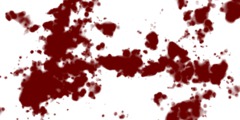How to select against a boundary?
This discussion is connected to the gimp-user-list.gnome.org mailing list which is provided by the GIMP developers and not related to gimpusers.com.
This is a read-only list on gimpusers.com so this discussion thread is read-only, too.
4 of 4 messages available
| How to select against a boundary? | Theodore D. Sternberg | 07 Jul 22:10 |
| How to select against a boundary? | Steve Stavropoulos | 08 Jul 17:27 |
| How to select against a boundary? | Theodore D. Sternberg | 08 Jul 19:01 |
| How to select against a boundary? | Steve Stavropoulos | 08 Jul 19:15 |











